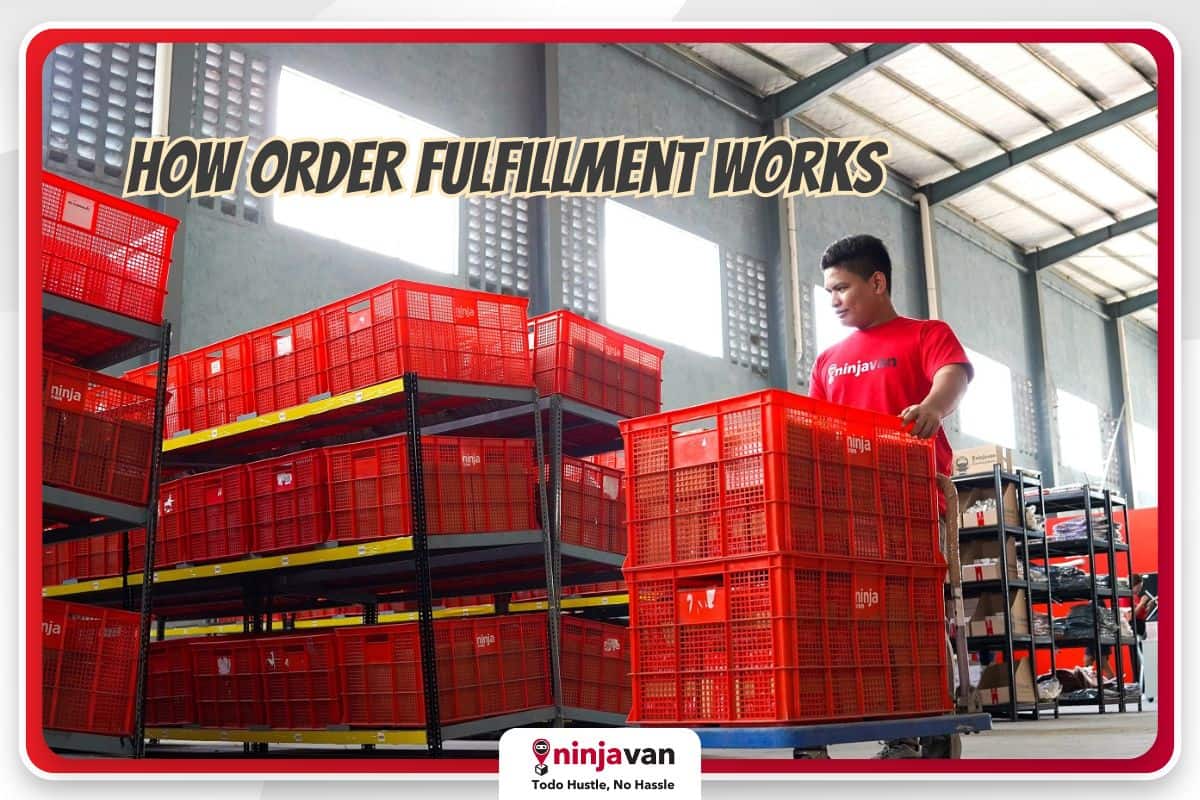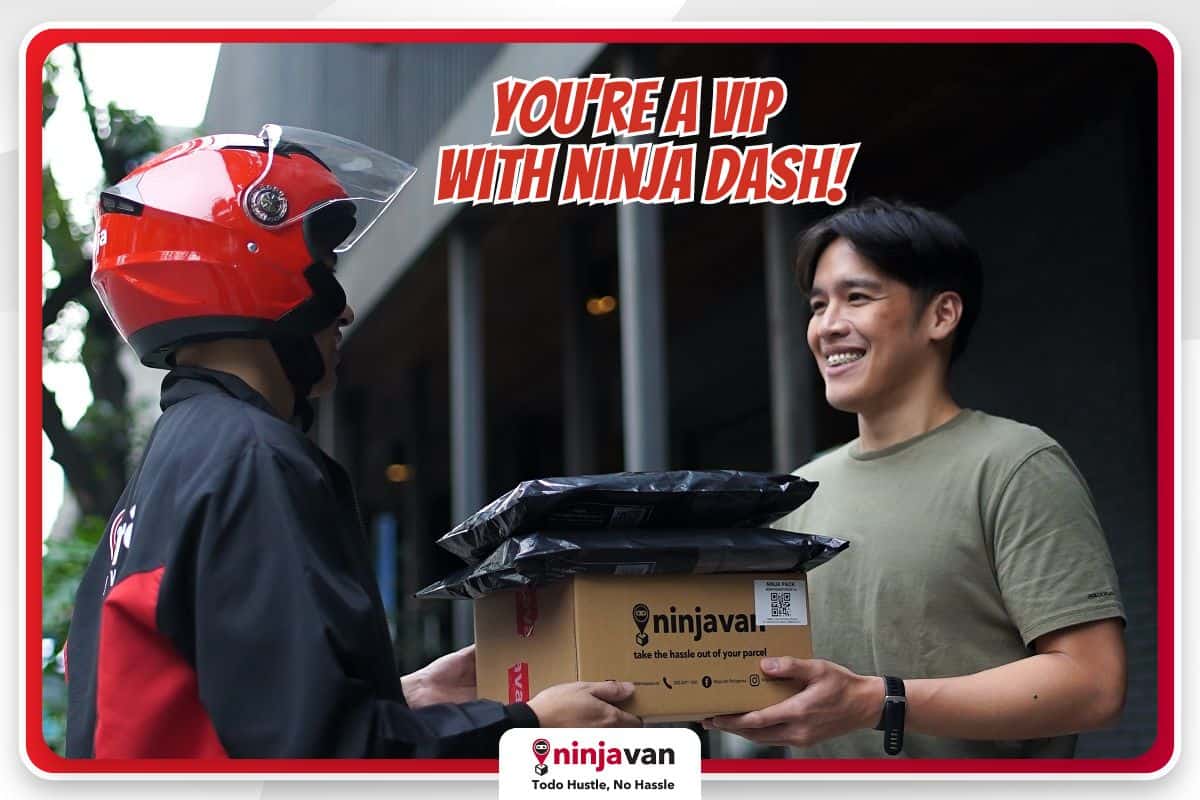The secret to ecommerce’s success is its convenience and speed. If online shopping were inconvenient or slow, most shoppers would have stuck with traditional stores.
That’s why ecommerce entrepreneurs must meet their customers’ demands through order fulfillment.
As your business grows and caters to more customers, working alone or with a small team to fulfill orders may not be the best option. It’s important to know your options for fulfillment, including outsourcing it to a more experienced team for efficiency.

What is order fulfillment?
Order fulfillment covers all the steps needed to prepare orders and deliver them to your customers. The process of order fulfillment includes acquiring inventory, processing orders, getting these orders to your customers, and handling any returns.

Over the last few years, many Filipinos started shopping online because of its advantages, such as speed, convenience, and cost-effectiveness. By shipping correct orders in a reasonable timeframe, you’re keeping your customers satisfied.
This helps build trust and makes them more likely to purchase again or recommend your business to their friends and family.
On the other hand, poor order fulfillment negatively affects customer satisfaction. This can stop them from shopping from you and switch to your competitors instead.

What are the different types of order fulfillment?
Small business owners and entrepreneurs generally have four options to maintain efficient order fulfillment.
Dropshipping
As a dropshipper, you don’t have any inventory on-hand nor do you handle fulfillment. Whenever a customer orders from your store, you work with your third-party supplier who then handles fulfillment.
In essence, you’re the middleman of the transaction. This method lowers the upfront costs and the need to store your inventory. However, how your supplier handles fulfillment can affect your brand and customer satisfaction.
Follow these tips on Finding Dropshipping Suppliers in the Philippines.
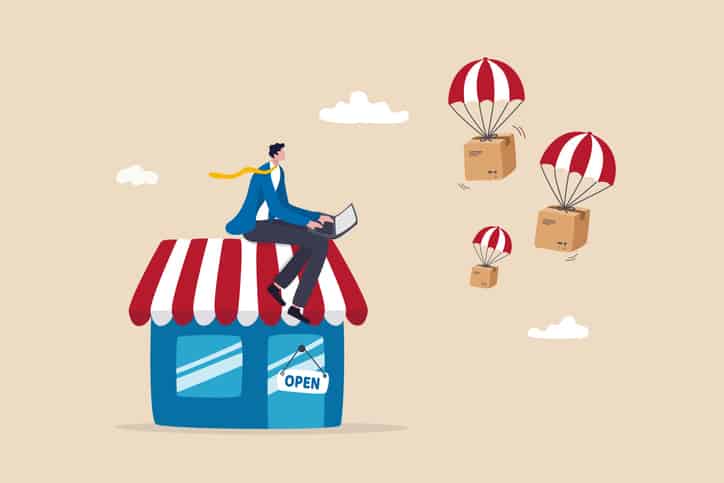
little control on the product quality and customer experience.
In-house order fulfillment
In this option, you handle fulfillment independently or with your team. You handle all the steps to prepare and ship orders while also providing after-sales services, such as returns and unsatisfied customers.
The key advantage is that you have full control over fulfillment. However, this can be difficult to manage, especially when you scale your operations.
Outsourced order fulfillment
Outsourcing means letting a third party handle fulfillment. There are several reasons ecommerce business owners outsource fulfillment ranging from cost-effective solutions to streamlining operations, and growth.
Through this option, a third-party logistics (3PL) service provider handles storage, order processing and delivery. The key benefit is the efficiency of leaving fulfillment to the professionals.
However, not all service providers offer the same level of quality. Thus, it’s important to research your options.
Here are 6 Signs You Need to Outsource Your Order Fulfillment.

to focus on other areas of your business.
Hybrid order fulfillment
This is a combination of all three order fulfillment options. In some cases, business owners may find it more practical to handle certain orders in various ways.
For example, a business may outsource its international order fulfillment with a third-party logistics provider to maximize efficiency and minimize time. On the other hand, their in-house team may still be effective enough to handle local orders.
The 6 steps of ecommerce order fulfillment process
Ecommerce businesses generally follow a similar order fulfillment process. The type of order fulfillment used can affect who handles certain steps, but these steps are crucial to ensure accuracy, efficiency and customer satisfaction.
1. Receiving
The inventory is first received from a third-party supplier, vendor or manufacturer. These are counted, checked for quality, and then documented. In larger warehouses, barcodes are used for more efficient inventory management.
2. Storage
The inventory is then stored in a secure and organized area. Businesses that outsource fulfillment with 3PLs have to send their inventory to their service provider’s warehouse.
However, many logistics services offer solutions that streamline the process by having the supplier send the inventory directly to their warehouses.
3. Order processing
When a customer makes an order, someone is responsible for picking items from the inventory to match the order.
Proper picking and sorting processes ensure that the right items and quantities are collected and prepared for delivery.
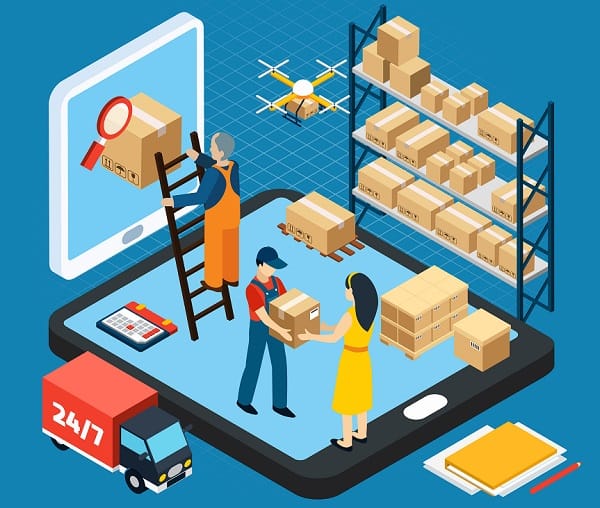
so find a reliable logistics partner to help you.
4. Packing
The order is then packaged securely for shipping. More delicate and high-value items may require additional packing materials to ensure their safety during transport. Poor packing practices can result in damage during shipping, which can affect customer satisfaction.
5. Shipping
The package is then shipped either through an in-house delivery team or a third-party 3PL. Most ecommerce business owners outsource their shipping solutions to access more delivery areas, including international customers.
6. Returns
Fulfillment doesn’t end until the customer is satisfied with the product they received. If the product arrives damaged or the order is incorrect, the customer must have an avenue to process returns or complaints.
Check out these Top RTS Reasons and How to Avoid Them.
Streamline your ecommerce fulfillment with Ninja Van
Running a successful ecommerce business involves plenty of tasks. Order fulfillment aside, you have to deal with marketing, budgeting, responding to user inquiries, and more.
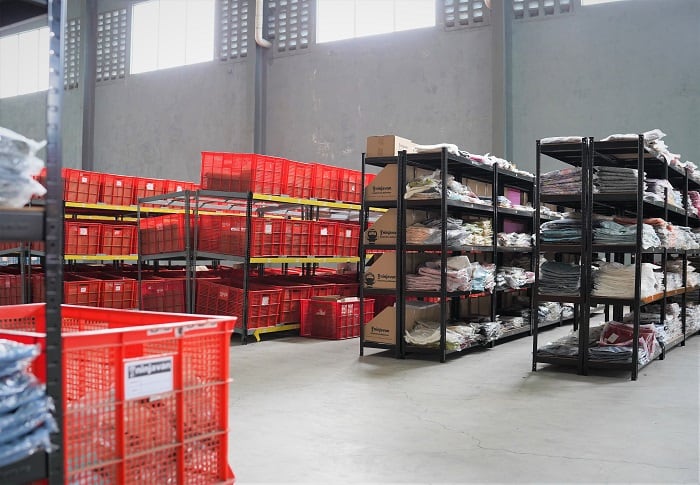
manage your inventory, pick and pack your orders, and deliver your parcels.
As your business grows, you and your team may not be able to efficiently manage order fulfillment and its costs. Your best solution is to simplify your processes by outsourcing your fulfillment with a reliable provider like Ninja Van.
Focus on the core operations of sales and marketing while our system streamlines the processes and speeds up your fulfillment at lower costs than other providers.
With Ninja Van, you can scale up your business faster with an expert logistics team!
For inquiries about Ninja Fulfillment:
- Reach out to Erick Paul Ramos at 0917-7161495
- Send an email to ph-niu-fulfillment@ninjavan.co
Or visit the Ninja Fulfillment website
More tips for your growing ecommerce business:
What is SKU and How to Create them for Your Business
How 3PLs Help Your Ecommerce Business Grow
Shipping from China to the Philippines: An Easy Guide

